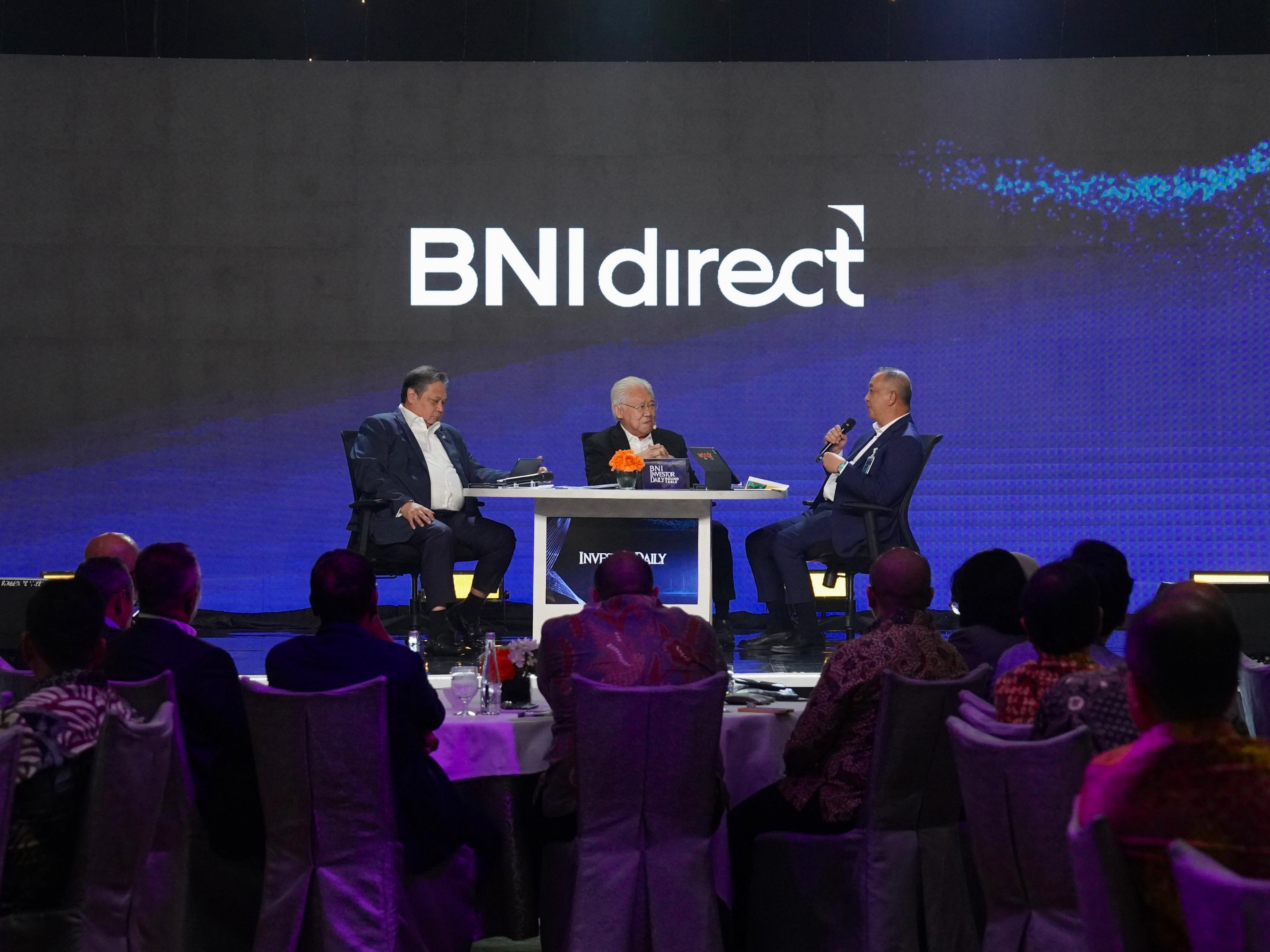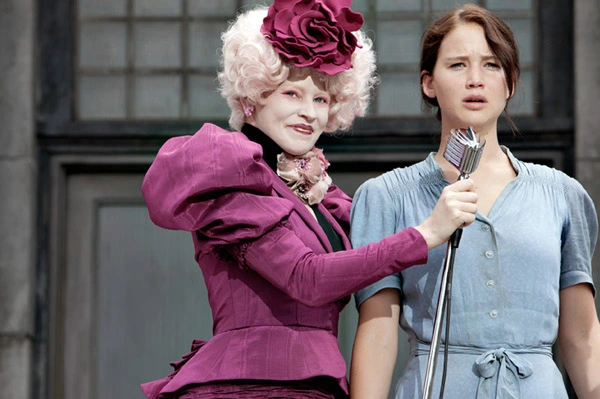In the whirlwind world of public relations, crises don’t just knock—they kick the door down when you least expect it. One minute you’re enjoying smooth sailing, and the next, you’re navigating the choppy waters of public backlash. It happens to the best of brands, and how you handle it can either make you the hero of a redemption arc or the cautionary tale everyone talks about.
In this article, we’re not here to talk about the typical “how to prepare for a crisis” stuff. This time, we’re diving into the action. Real-world crises. Real-world comebacks. We’ll look at some of the most dramatic public relations moments, the strategies that saved (or sank) brands, and what we can all learn from these headline-grabbing situations.
After all, crisis management isn’t just about having a plan in place to distinguish the fire, it’s also about learning from mistakes and successes, may it be yours or someone else’s. So, let’s gear up for a captivating journey through the tumultuous landscape of public relations, where every twist and turn offers invaluable insights for navigating the unpredictable waters ahead.
What not to do: #KateGate
Let’s start with what not to do—the royal debacle that became known as #KateGate. Here’s a quick rundown to get you up to speed: Princess Kate Middleton was last seen during a Christmas party in December 2023 and since then the public has heard or seen nothing about her. No public appearances, no social media updates, nothing.
As months dragged on without a word, the public was starting to get suspicious. Was she sick? Was she kidnapped? Has she gotten herself a bad BBL? Or was something more scandalous happening? With no answers from the royal family, the rumor mill kicked into overdrive.
Then months later in March 2024, Princess Kate finally broke her silence with a two-minute video addressing the world. In the heartfelt message, she revealed that she had been diagnosed with cancer and had been quietly focusing on her treatment during the last few months.
But the cherry on top was that during the three months she was “missing”, the Palace said… absolutely nothing. Silence. As rumors swirled, the lack of any statement only fueled the wild theories. By the time they finally addressed the issue, it was too late—people had already made up their minds.
What went wrong?
- No response isn’t always the right response:
The public relations team’s radio silence didn’t just keep the public guessing—it poured fuel on the fire of wild speculation. In moments like these, staying quiet is like throwing a match into a rumor mill.
- Too little too late:
The Palace waited too long to break the silence, and by the time they did, the public had already cooked up their own theories—and believed them. At that point, anything the Palace says would just be ineffective.
Souce: DailyMail UK
- Two steps forward, three steps back:
In the midst of the chaos, the Princess released a photo with her kids to calm the public—only for eagle-eyed fans to quickly spot it was Photoshopped. Feeling misled, the backlash grew. When Kate later confessed she had edited it “for fun,” it just deepened the public's distrust.
- Outdated public relations guidelines:
The Palace has been sticking to the same old public relations playbook for centuries, built on the classic “never complain, never explain” mantra. Their go-to crisis strategy is to ignore it and hope it disappears. That might’ve worked 40 years ago, but in today’s social media-fueled world, it just doesn’t cut it.
- Wrong channels:
Instead of addressing the audience where the conversation was happening (social media), they relied on press releases and news reports, which failed to make a real impact.
What to do: #ChickenGate
Now, let’s shift gears and highlight a standout example of effective crisis management: In February 2018, KFC found itself in an unprecedented situation when delivery issues caused a nationwide chicken shortage across its UK restaurants. The company had recently switched suppliers, and this transition didn’t go as smoothly as planned.
Naturally, customers were outraged. Angry customers quickly took to social media to vent their frustration, with many joking that the fast-food chain had one job—to provide chicken. The shortage quickly became a viral sensation, with customers flooding social media with complaints, memes, and even police reports about the lack of chicken.
Seeing the issue escalating quickly into a full blown public relations disaster, KFC responded just days after the shortage with a cheeky ad in The Metro and Sun newspapers. The ad humorously rearranged the letters of their logo to "FCK" and issued a light-hearted apology, taking full responsibility and keeping the public updated across social media.
Source: Cannes Lions
Why was it good?
- They were quick with it:
KFC jumped into action right away, making sure customers felt heard and their concerns were addressed. This quick response guided folks to KFC’s official accounts for the latest updates on the shortage instead of finding answers elsewhere.
- Owning up to it:
Rather than playing the blame game with their suppliers, KFC took the high road and offered a heartfelt apology directly to their customers. By owning up to the mistake, they struck a chord with the public and dodged any messy finger-pointing.
- Gratitude all around:
KFC didn’t stop at just saying sorry; they also gave a big shoutout to their awesome staff and franchise partners for hustling to fix the problem. This helped keep the whole KFC crew motivated and united during the crisis.
- Keeping it light:
By adding a sprinkle of humor to their apology, KFC turned a cringeworthy moment into something everyone could relate to. The public loved the lighthearted vibe, helping to ease some of the outrage.
Source: X
- Transparency through updates:
KFC kept chicken lovers in the loop with real-time updates on social media, letting everyone know which restaurants were back in business and when the chicken was coming. This kept customers informed every step of the way, reducing speculation or misinformation to almost none.
Bottom line: Improvise, Adapt, Overcome
In the ever-evolving world of public relations, the lessons from #KateGate and #ChickenGate serve as reminders of the importance of timely communication and adaptability in the digital age. While Kate's royal missteps highlight the perils of silence and outdated strategies, KFC's humorous and transparent approach showcases the power of agility and relatability in the face of adversity.
Mastering crisis communication requires a delicate balance of responsiveness, authenticity, and innovation. In a world where public perception can shift overnight, brands must adapt and evolve their strategies to meet the demands of a savvy audience. Ignoring the chatter only invites more chaos, while a well-timed, honest response can transform a potentially damaging situation into an opportunity for connection.
As we navigate the complexities of crisis management, it’s clear that the stakes have never been higher. Brands that embrace open dialogue and show a willingness to learn from their missteps can not only weather the storm but also emerge stronger and more trusted in the eyes of their audience. In this fast-paced digital landscape, the ability to engage and empathize with consumers will determine who thrives and who falters when challenges arise. So, remember that it’s not always just about weathering the storm, but also dancing in the rain!
If your brand is facing a tricky situation or you'd simply like to strengthen your communication strategy, let's connect! Whether you need expert advice, a solid plan, or just want to brainstorm how to keep your brand shining, you can leave a comment below or connect with me at [email protected]. I’ll be waiting!












